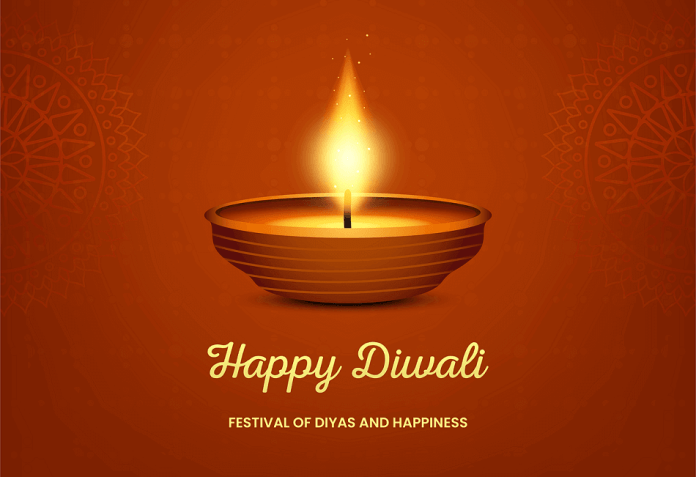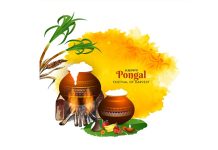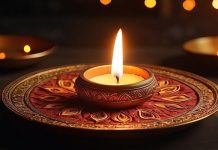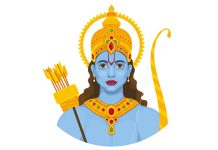Deepavali, the Festival of Lights, has a rich and storied history that spans centuries, reflecting the cultural, religious, and social tapestry of the Indian subcontinent. From its ancient roots to its contemporary manifestations, the evolution of Deepavali is a fascinating journey that weaves together tradition and modernity.
Ancient Origins:
Deepavali finds its roots in ancient Hindu scriptures, where multiple legends contribute to its significance. One of the most prominent narratives is the return of Lord Rama to Ayodhya after his victory over the demon king Ravana. The people of Ayodhya celebrated his return by lighting lamps, symbolizing the triumph of good over evil and the dispelling of darkness. Another narrative is linked to the worship of Goddess Lakshmi, emphasizing prosperity and wealth during the festival.
Early Customs and Traditions:
In its early days, Deepavali was a predominantly household celebration, focusing on prayers, the lighting of oil lamps, and the exchange of sweets among family members. The festival was deeply rooted in agrarian societies, where it marked the end of the harvest season and the beginning of a new financial year.
Expansion and Regional Diversity:
As centuries passed, Deepavali expanded in both its reach and cultural significance. Different regions of India adopted unique customs, adding diversity to the celebration. For example, in West Bengal, the festival coincides with Kali Puja, a celebration of the goddess Kali. In the northern state of Punjab, Sikhs celebrate Bandi Chhor Divas during the same period, commemorating the release of Guru Hargobind Ji from imprisonment.
Mughal and Colonial Influences:
The Mughal and colonial periods in Indian history brought new influences to Deepavali. Mughal emperors were known to participate in the festival, adding a layer of cultural amalgamation. During the British colonial era, Deepavali took on socio-political dimensions as communities used the festival to assert their identity and resist cultural assimilation.
Transformation in the Post-Independence Era:
After India gained independence in 1947, Deepavali underwent further transformation. The festival became a national celebration, reflecting the unity in diversity that defines the country. It evolved beyond its religious roots to become a cultural and social event that transcends regional boundaries.
Technological Advances and Changing Traditions:
The advent of technology in the late 20th and early 21st centuries brought about significant changes in Deepavali celebrations. Traditional oil lamps were gradually replaced by electric lights, and the use of fireworks increased. Social media platforms became a means for people to share their festivities with a global audience, fostering a sense of connection among the diaspora.
Environmental Awareness:
In recent years, there has been a growing consciousness about the environmental impact of Deepavali celebrations. Concerns about air and noise pollution from fireworks led to calls for more sustainable practices. Many individuals and communities now opt for eco-friendly celebrations, promoting the use of LED lights and minimizing the use of traditional firecrackers.
Globalization of Deepavali:
As the world became more interconnected, Deepavali transcended its cultural and geographical boundaries. Major cities across the globe now host Deepavali celebrations, attracting people from various backgrounds. These global celebrations showcase the diversity of Indian culture and contribute to a broader understanding of the festival.
Inclusivity and Interfaith Celebrations:
Deepavali has evolved into a celebration that embraces diversity and inclusivity. In countries with multicultural populations, people of different faiths participate in the festivities. The lights of Deepavali are seen as symbols of hope and positivity that resonate universally.
Digital Celebrations in the Modern Era:
In the 21st century, Deepavali celebrations have embraced digital platforms. Families separated by geography come together virtually to share the joy of the festival. Online marketplaces offer a wide array of traditional attire, sweets, and decorations, making Deepavali accessible to a global audience.
Preserving Tradition in a Changing World:
While Deepavali has adapted to the changing times, efforts are made to preserve its traditional essence. Cultural organizations, educational institutions, and communities engage in activities that promote the understanding of Deepavali’s historical and cultural significance, ensuring that future generations carry forward the legacy of this ancient festival.
Conclusion:
The evolution of Deepavali mirrors the dynamic nature of Indian culture and society. From its ancient origins rooted in mythology to its contemporary celebrations in a globalized world, Deepavali has remained a symbol of light, hope, and cultural resilience. As traditions continue to evolve and adapt, the essence of the Festival of Lights endures, connecting generations and communities in a celebration that transcends time and borders.




























































